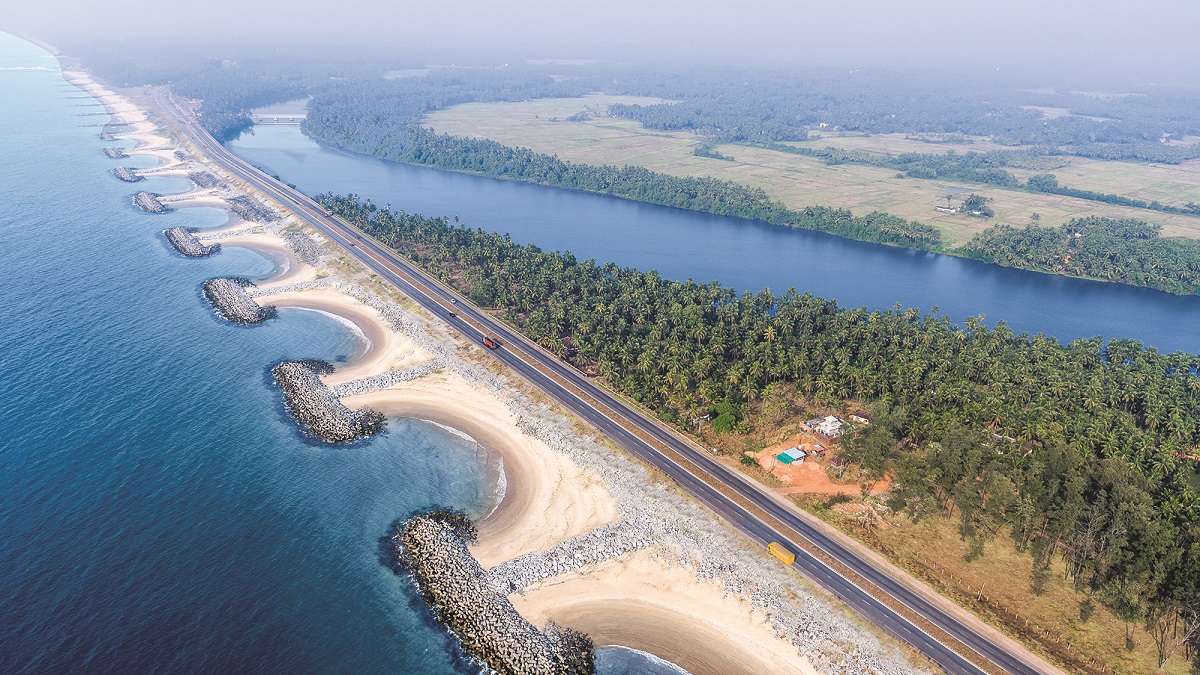[ad_1]
Pakistan has a multi-year energy deficit and that deficit continues to grow. The growth of the energy deficit is simultaneously a function of insufficient investment in energy, continuous subsidies and the government’s inability to price energy at a level that reflects the marginal cost of a molecule of gas or an electron of electricity that is produced and sent.
The cost of natural gas at the household level is only a small part of the marginal cost of gas, resulting in inefficient use. Gas losses continue to rise, and a new hydra of gas circular debt has already been established, in addition to the regular circular debt.
As circular debt piles up and the government refuses to make any meaningful decisions, the consumer continues to bear the cost of government inefficiency. We currently have excess electricity generation capacity, but we do not have enough foreign exchange or the ability to afford expensive fuel. If pricing decisions continue to be arbitrary, the crisis will only worsen – eventually leading to complete paralysis. A partial version of this can be seen these days, as the central bank continues to hoard foreign exchange while businesses shut down.
A drastic change in mindset is needed regarding how energy is obtained and valued. If Pakistan is to embark on a sustainable growth path, then energy security should be the priority of the day. Currently, the country’s energy mix is heavily skewed towards imported fuel, be it imported LNG, coal or petroleum products. There is a need to switch from imported sources to local ones, or to rationalize consumption.
Tar coal is an indigenous resource that can power the country for decades to come, if the resources are managed efficiently and effectively. Within a few months, it will be possible to produce more than 15 million tons of coal per year, enough to generate more than 2500 MW of electricity. Currently, we have almost 5000MW power plants that can generate electricity through imported coal.
Through some technical modification, which will require some investment, it is entirely possible to convert power plants running on imported coal to run on Thar coal. It is certainly a Herculean initiative because it will require getting everyone on the same page. It will also require investment in the expansion of existing mines, as well as the establishment of a railway line that would connect the mines to the power plants. Infrastructure investments to convert imported power plants to local coal, establish a rail line that effectively creates a coal corridor, and increase mining capacity will cumulatively cost about $2 billion.
However, once the infrastructure is in place, it is entirely possible to save more than $3 billion each year in foreign currency liquidity, ensuring that we continue to generate affordable electricity using domestic resources. This infrastructural intervention not only ensures energy security as reliance on imported fuel is reduced, but also makes electricity more affordable. Recent data suggests that the fuel cost for power generation through Thar coal is in the range of Rs 3 per kilowatt-hour.
As coal continues to provide baseload, we also need to encourage mass adoption of solar at the domestic and commercial level. Currently, the process of obtaining a net metering connection is a painful one that is actively discouraged by the regulator. The development of decentralized solar capacity is essential for the creation of a competitive electricity market. Ironically, the state is willing to provide guaranteed returns from the establishment of solar power plants to cover the risk that both households and businesses are willing to take and pay. It is time to shift our thinking away from guaranteed returns to a more competitive market, not just in letter but in spirit.
The combination of coal, nuclear, hydel and solar energy will greatly reduce the country’s dependence on imported energy and make energy more affordable. The combination of energy simply does not end with electricity. We import more than $12 billion of petroleum products, which are mainly used for automotive consumption.
It is crucial that the state redoubles the development of public transport infrastructure, so that reliance on private vehicles is reduced. Countries around the world have done the same. This not only reduces commuting costs for the population, but also improves energy security. As the population continues to grow, so will the demand for petroleum products. We can either reduce this demand with interventions such as public transport infrastructure, or we can continue to delay the problem until it becomes too large.
Policy makers and their friends are ignorant of the problems of the generations to come. They still live with excess thinking, while resource constraints are real. Someone somewhere needs to start thinking about future generations, and how the state will manage its resources. The rate of population growth does not seem to be slowing down, and neither is the demand for staple foods and energy. If any policy maker or public representative feels a sense of responsibility, they will plan for the future and not just live for daily political theatrics.
The writer is an independent macroeconomist.
[ad_2]
Source link












